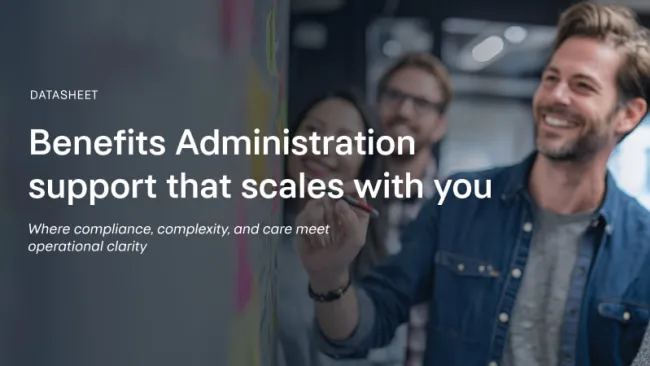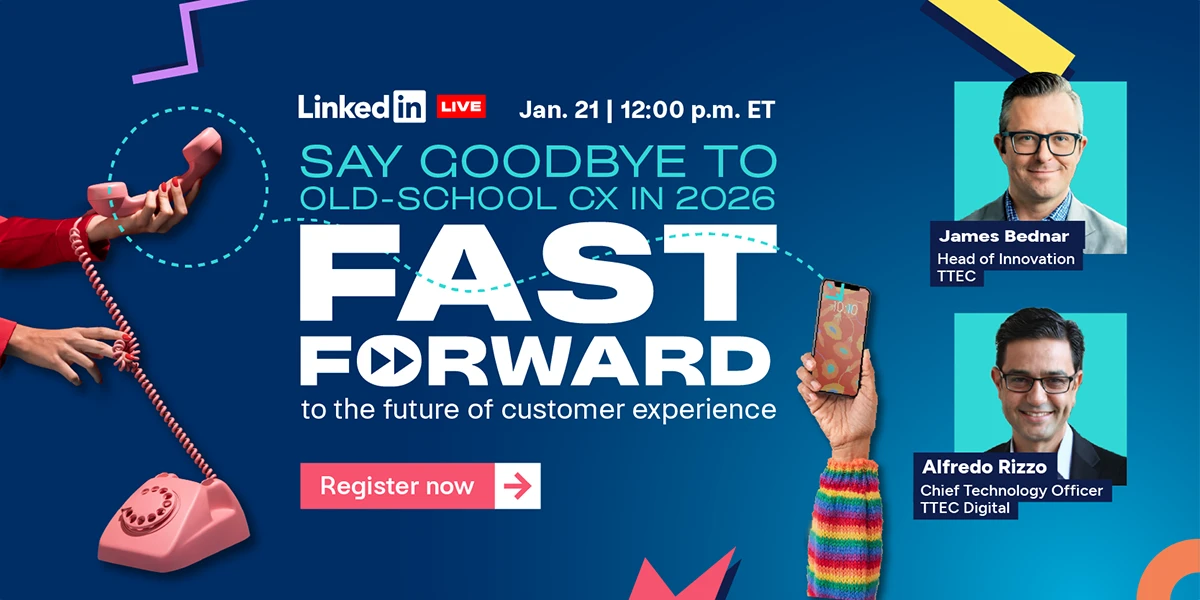Traditional health insurers in the United States consider employers as their customers, not end-user patients. But the industry is in a state of transition, as potential legislation and customer expectations shift the focus to patients. Cigna executives observed the initial stages of this trend and, to stay ahead of the competition, began moving from being an employer-centric organization to a consumer-centric one. The health insurer created an internal customer experience organization in 2008 to develop a customer-focused strategy and guide the company’s transformation.
Chief Customer Officer Ingrid Lindberg leads Cigna’s customer experience organization. Their work focuses heavily on service delivery, but touches every corner of the organization. Her team created a Word We Use program to clarify terms in all customer documents and forms, streamlined customer care touchpoints, and recently launched the industry’s first 24/7 customer call center.
As a result, first-contact resolution, which had been 90.5 percent in 2007, jumped to 94.5 percent in 2009. Customer satisfaction scores went from 91 percent in 2007 to 96.5 percent. And even the concept of changing the language had a positive impact. The level of understanding by customers of Cigna’s terms and business went from 30 percent to 77 percent, a 156 percent improvement.
Customer Strategist: What is Cigna’s approach to customer strategy, and how has it evolved over time?
Ingrid Lindberg: When we stepped back and looked at the evolving marketplace, specifically in healthcare, we realized that there was a pretty sizeable and significant shift that was moving buying patterns to that of the individual. We now use this line, which I think is so apropos, which is, “Our job and our strategy is to put the customer at the center of our universe.” Coming from a world where we were selling to an employer that was providing some type of insurance coverage to their employees, making that migration to focus on what was formerly known as the employee and is currently known as our customer, has been a huge change for Cigna and for this industry as a whole.
This started as an idea for Cigna back in 2005, was institutionalized when I was hired in 2007, and definitely became a focal point of the company when my team started in 2008.
CS: How does Cigna balance that with other C-level priorities?
IL: We are a health service company. Focusing on the customer is our priority. What has been astounding is that we have started to get the notion into the brain space of our C-suite as a whole that everything we do, we have to do to benefit our customers. What we have been able to do with this focus on the individual customer is to increase not only individual customer satisfaction but employer satisfaction, as well. Employers want their employees to be treated very well by their health insurer. So as we’ve made this move into a health service company, the focus on the human really behooves both of those constituents. You have an employer client who is delighted with the service and care that their employees are receiving, and it [benefits] that individual customer as well because we’re making it easier and more helpful for them.
So at the end of the day, it really does match all the priority sets we have. If we focus on the customer, we’re making it easy and good for both of our major constituencies.
CS: The healthcare space traditionally hasn’t been considered customer-focused. Why the shift now?
IL: What we’re seeing is that people are becoming more vested in their health. They have more skin in the game. They’re becoming better educated, asking more questions at their doctor’s office, they’re more prepared, and in a lot of cases there is a much larger financial impact than there had been with some of the older health plans. As a result, people are requiring more from their service provider.
Historically, if your $10 co-pay was all you needed when you went to your doctor’s office, or your $75 co-pay was all you needed for the emergency room, you could walk away and let the bills happen on the back end. Now, as people have more skin in the game, they want more information and they’re more financially attracted to the decisions they make….
That’s what’s really driving this: people who are becoming more active in their purchasing behaviors. When you step back and you look at that, you actually have to provide service to people who have questions.
We’re in a really interesting environment where our service is our product. I don’t sell an iPhone or a plant holder. I sell the service that we provide. As the market is shifting around us and as people’s needs also are changing, we have to continue to focus what we do every day on those customer needs.
CS: What were some of the biggest challenges of implementing a customer experience strategy, and how did you overcome them?
IL: One of the biggest challenges and barriers is the continued focus on the customer, especially in this world that is changing so rapidly around us every day. The other challenge is getting people to understand that what they did before isn’t wrong, but we have to do things differently to move forward. That mental mind shift is pretty tough. How do you overcome it? I think it’s persistence. In order to do this job, you have to have the guts of a salmon, because you’re always swimming upstream. A lot of it really is a strong team, the right attitude, and the ability to bolster each other when we need to.
CS: Where does Cigna’s customer strategy go from here?
IL: I have a fantastic partnership with my market research team and we’re constantly studying the voice of the customer. What do people want, how are attitudes changing, how are behaviors changing, and what do they need? What’s been really interesting to me, especially in the past 18 months since we started this journey, is that the needs haven’t changed that much, they’ve just increased. People want [their interactions with us] to be easy, helpful, and they want their insurance to provide peace of mind.
For right now, our strategy is to stay the course and continue to execute and drive this into the organization. For example, take the Words We Use program, which is our language simplification project. We work to make sure that that program is embedded in every touchpoint. And there are lots of other projects in the works. I know that I have to stay focused and execute on that. So for us the future is about staying the course and continuing to keep the organization focused on helpfulness and ease of understanding.
CS: What advice do you have for other C-level executives looking to be more customer-centric?
IL: Start with the voice of the customer always. It all begins with the voice of the customer. And don’t allow your voice of the customer program to be one survey or one focus group. You really have to look at a full and robust voice of the customer program.
Also, stay the course, but check in often. One of the big learnings for me in this industry is that [we interact directly with each end-customer] an average of once a year. I can put amazing things in place and I can get great feedback from people who touch those amazing things that we put in place, but if everybody doesn’t touch one of those new things, I won’t see changes in my [satisfaction] scores. So a lot of it is, stay the course, keep checking, but don’t give up. It all goes back to staying focused and listening to the voice of the customer. It all starts and ends there.














